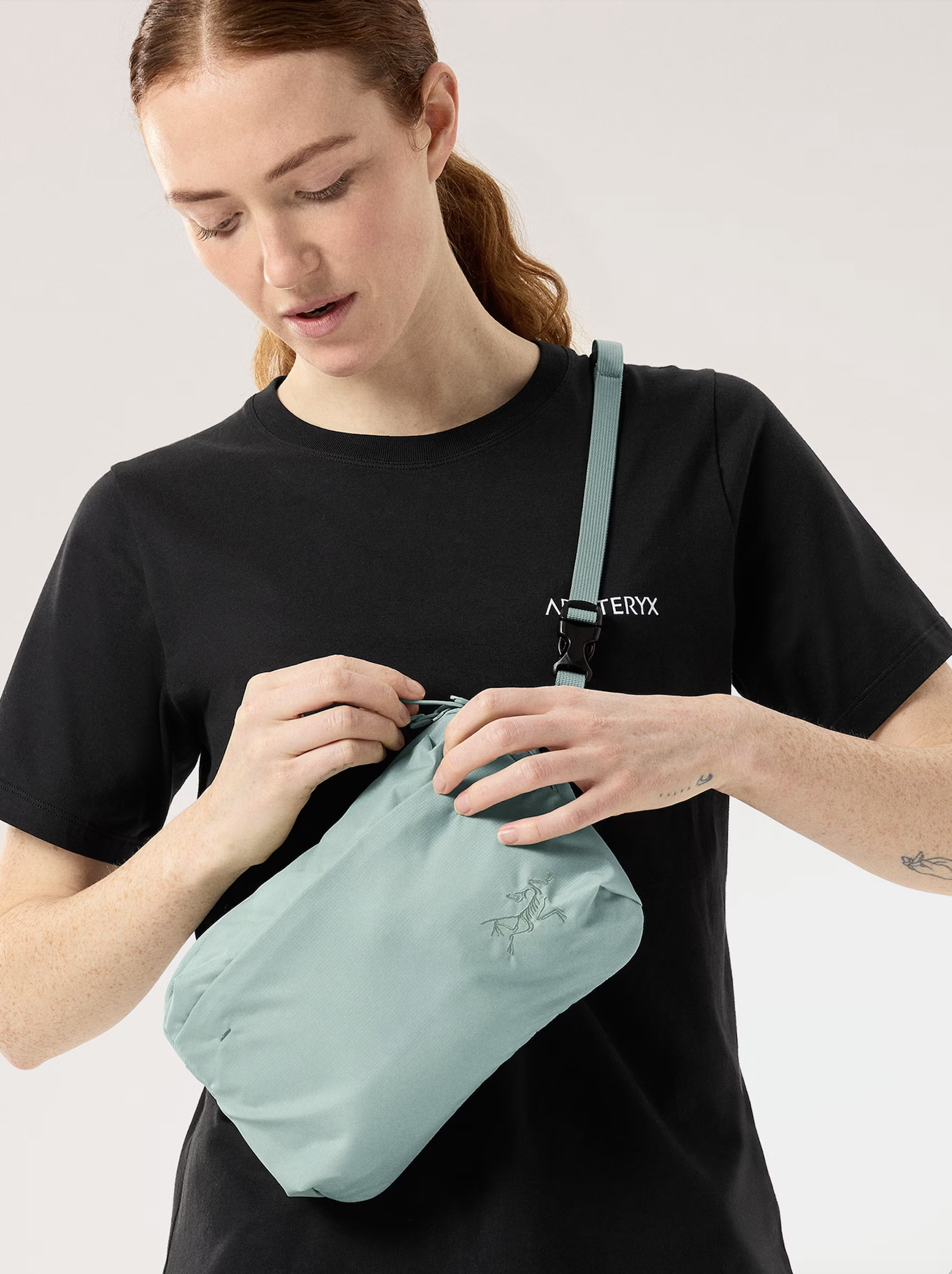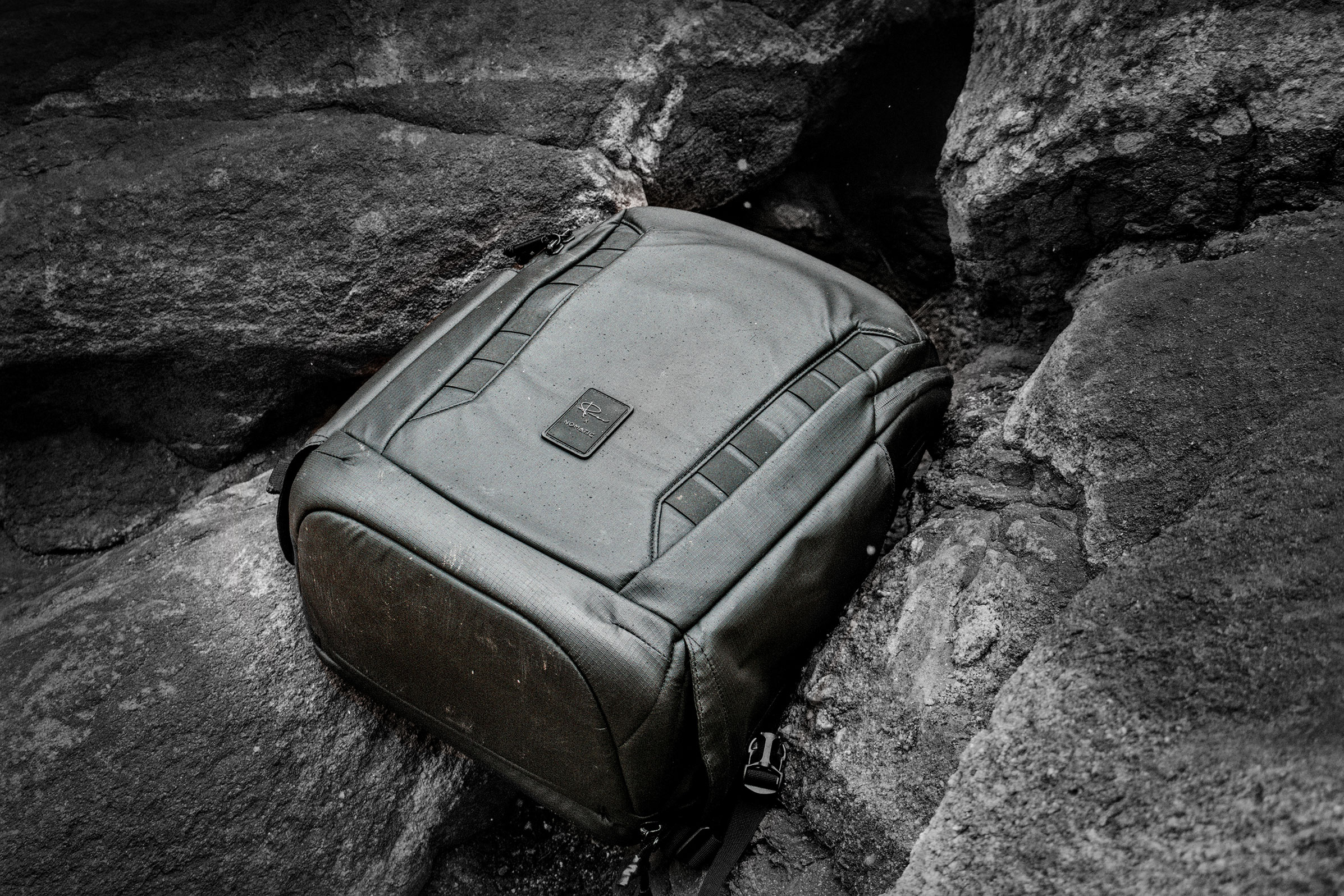Having a hard time finding a backpack that feels good? You’re not alone. After years of dealing with achy shoulders and back because of backpacks that didn’t fit right, I learned that getting the right size isn’t just about feeling good, it’s about keeping you from getting hurt and really having fun when you’re out.
Think about this: You’re hiking a few miles into what should be an awesome trail, but instead of enjoying the view, you’re always messing with the straps, feeling them dig into your shoulders, and wondering why your back already hurts. Does that sound like you?
The thing is, most of us pick backpacks like we pick out shirts – we grab a medium size and hope it works. But your backpack isn’t just clothes; it’s something that needs to fit your body just right.
Why Backpack Size Is A Big Deal
Before we get into how to do it, let’s talk about why it’s so important. A backpack that doesn’t fit well isn’t just uncomfortable, it can cause real problems:
- Body Problems: Backpacks that are the wrong size can hurt your shoulders, strain your back, cause hip pain, and even pinch nerves. I learned this the hard way on a week-long trip where my pack was too big and left me with shoulder pain for months.
- Trip Trouble: If your pack doesn’t fit right, you’ll get tired faster, have a harder time keeping your balance, and spend more time messing with straps than doing what you want to.
- Not Being Safe: If your stuff isn’t stable, you could fall more easily. Also, if you aren’t comfy, you might not make the best choices.
But don’t worry! Getting the right fit isn’t super hard once you know what to look for.
Parts of a Backpack: What You Need to Know
To get the best fit, you need to know how a backpack should feel on your body. These are the key things that make or break how it feels:
- Torso Length: This is the most important thing to measure, but most people don’t do it. Your torso length says what size backpack you need, and that’s not the same as your shirt size.
- Shoulder Straps: They should curve over your shoulders with no gaps or spots that push too hard. They don’t just hold the weight; they keep the load steady.
- Hip Belt: This is super important. A hip belt that fits right should sit on your hip bones, not your waist. About 80% of the weight should be on your hips.
- Load Lifters: These straps connect the top of the shoulder straps to the pack. If you adjust them right, they pull the pack closer to your back so you don’t lean forward as much.
- Sternum Strap: Keeps the shoulder straps from sliding off and helps spread the weight across your chest.
How to Measure Your Torso
This is where people mess up, they guess their torso length or think it’s the same as their height. Someone who is six feet tall might have a shorter torso than someone who is 5’6. Here’s how to measure it right:
With Help (Best Way):
- Tilt your head down and feel for the bone that sticks out at the base of your neck.
- Have someone put their thumbs on the top of your hip bones.
- Measure the space between those two spots on your back.
By Yourself:
- Stand against a wall and mark the spot at the base of your neck.
- Put your hands on your hips with your thumbs pointing back.
- Mark where your thumbs touch the wall.
- Measure the space between the marks.
Most people are in these ranges:
- Extra Small: 15-16 inches
- Small: 16-18 inches
- Medium: 18-20 inches
- Large: 20-22 inches
- Extra Large: 22+ inches
Keep in mind that these can be different for different brands, so always check what the company says about sizing.
How to Fit Your Backpack
Now for the fun part, putting on your backpack and getting it to fit. If you can, I suggest going to a store to do this. If you’re buying online, make sure you can send it back if it doesn’t fit.
Step 1: Add Some Weight
Don’t try to fit an empty backpack. Put about 20-25 pounds of stuff inside, like sleeping bags, clothes, or weights. The pack needs to have some weight so it will sit right on you.
Step 2: Put the Hip Belt On
Put the pack on and make sure the hip belt sits right on your hip bones. It might feel higher than you think. A lot of people wear it on their waist by mistake. The hip belt should feel snug, but not too tight. You should be able to slide a finger under it, but not your whole hand.
Step 3: Adjust the Shoulder Straps
Pull the shoulder straps until they feel snug, but they shouldn’t be holding most of the weight. The straps should fit your shoulders with no gaps. If there are gaps near your neck, the torso length might be off.
Step 4: Load Lifter Time
Adjust the load lifter straps, the ones that go up from the top of your shoulder straps. They should pull at about a 45-degree angle. When they’re right, you’ll feel the pack pull closer to your back, so it doesn’t pull you forward as much.
Step 5: Sternum Strap
Put the sternum strap across your chest, about where your armpits are, and make it comfy. It should feel like it’s helping, but not squeezing you too tight.
Step 6: Move Around
Walk around, bend over, reach for things, pretend you’re putting on a jacket. The pack should move with you and not shift around or push too hard in any place.

Different Kinds of Backpacks
Hiking Packs
These need to fit just right since you’ll be wearing them for hours. Focus on the hip belt and how the weight is spread out. Remember that you might be wearing different layers of clothes, so try it on with a jacket if you can.
Everyday Backpacks
Fit is still important, but you don’t have to be as exact. Make sure the shoulder straps feel good and that the pack doesn’t stick out too far from your back, or you might lose your balance on the bus or train.
School/Work Packs
These often have heavy things like books and laptops, so see how the pack handles the weight. Laptop spots should be close to your back so you have better balance.
Travel Packs
Think about how the pack will feel when it’s full for a long time. Some travel packs have smaller daypacks that can be taken off. Make sure both packs fit well.
Common Fitting Mistakes
I’ve helped a lot of people find backpacks that fit, and these are the mistakes I see most often:
- Hip Belt Too Low: This is a big one. If your hip belt is on your waist, your shoulders will hold too much weight. Then you’ll have sore shoulders and an achy back.
- Not Using Load Lifters: A lot of people don’t even touch these straps, and they’re missing out on feeling a lot better. If you adjust them right, they can keep you from leaning forward.
- Shoulder Straps Too Tight: Your shoulders shouldn’t be holding most of the weight. If you’re pulling the shoulder straps super tight to feel secure, your hip belt is probably not in the right spot.
- Wrong Torso Size: If the shoulder straps have gaps near your neck or dig into your neck, you probably have the wrong torso size. When in doubt, go to a store and have someone help you.
- Not Checking As Your Body Changes: Your fit can change if you gain or lose weight, get pregnant, or get more in shape. Don’t be afraid to change the adjustments or even get a new pack if yours doesn’t fit anymore.
What If You Have Different Body
Women’s Fit
A lot of brands make women’s versions that are made for shorter torsos, narrower shoulders, and different hip shapes. They aren’t just men’s packs that are pink.
Plus Size
Find packs with longer hip belts and torso lengths that can be adjusted. Some companies sell longer hip belts separately. Don’t settle when it comes to fit. It’s more important than ever to have a pack that fits right when you’re carrying extra weight.
Tall or Short
If you’re really tall, you might need to have your torso length adjusted. If you’re short, don’t get packs that hang too low, or they can get in the way of your legs.
When to Find Help
Sometimes, finding the right fit can be hard. Think about getting help from a professional if:
- You’ve had back or shoulder issues.
- You’re planning a big trip in the back country.
- You’ve tried a few packs and nothing works.
- You’re between sizes.
- You have something that makes it hard to have a good fit.
Most outdoor stores have people who can help you find the right fit. Getting advice from them can save you money and pain in the long run.
Take Care Of It
A perfect fit today might not be perfect next year. Here’s how to keep it good:
- Check Often: Every few months, check your fit, especially if you’ve gained or lost weight or gotten more in shape.
- Think About the Season: You might need to adjust it when you’re wearing heavy winter clothes or light summer clothes.
- What Are You Carrying: If you’re going on short trips or long trips, you might need to adjust it a little bit.
- Watch For Wear: Look for straps or padding that are wearing out unevenly, because that could mean there’s a fit issue.
Conclusion
Finding the perfect backpack might seem like a lot, but I promise it’s worth it. A good fit can make your trips way more fun.
The most expensive pack won’t feel good if it doesn’t fit your body right. But a pack that’s not super expensive will be better than any fancy option if it fits you well.
Take the time to measure yourself, try on a lot of packs, and send it back if it doesn’t fit. Your back, shoulders, and future trips will thank you.
Quick Checklist
Before you decide on a backpack, check these things:
- [ ] Hip belt sits on hip bones, not waist
- [ ] 80% of the weight is on your hips
- [ ] Shoulder straps fit your shoulders with no gaps
- [ ] Load lifters pull at about a 45-degree angle
- [ ] No spots push too hard after you wear it for 10+ minutes
- [ ] Pack stays still when you move
- [ ] You can adjust all the straps
- [ ] It feels good with 20-25 pounds
- [ ] Straps can be adjusted to fit correctly.
The best backpack is the one you forget you’re wearing because it fits so well. That’s what we want, and with the right size and fit, it’s totally possible.
#BackpackSizing #ProperFitGuide #BackpackFit #HikingBackpack #BackpackFitting #TorsoLength #HipBelt #BackpackGuide #OutdoorGear #HikingTips #BackpackingTips #BackpackComfort #OutdoorAdvice #GearGuide #HikingGear #BackpackReview #OutdoorEquipment #FitGuide #BackpackAdjustment #HikingAdvice #BackpackingGuide #OutdoorFitness #GearTips #AdventureGear #TrailTips



